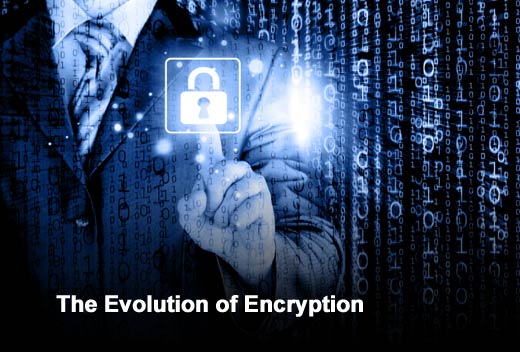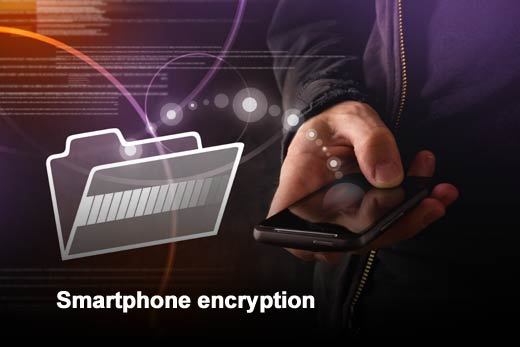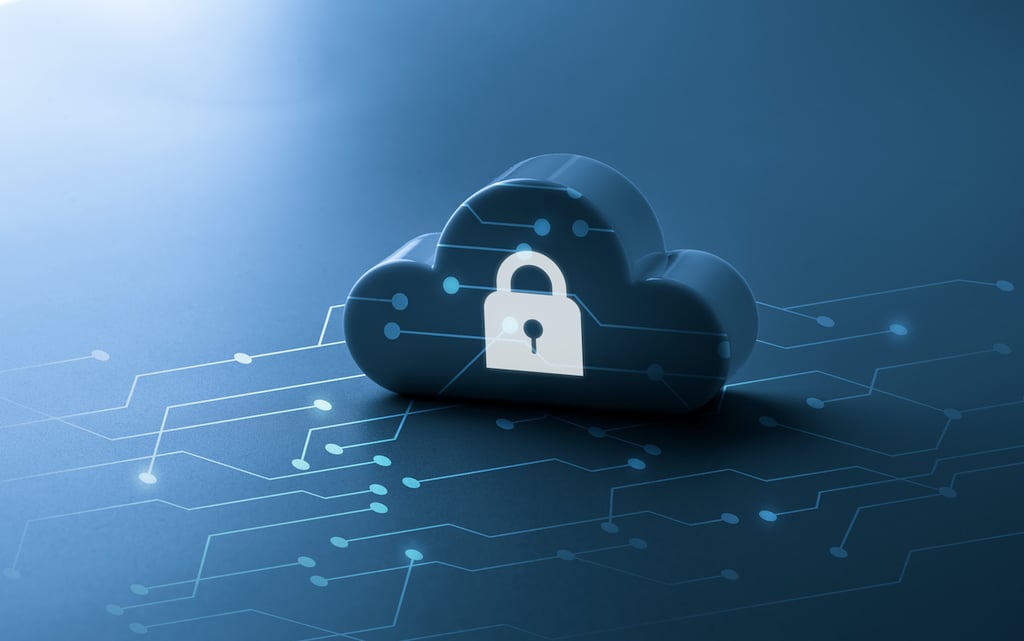The month of June officially marked the one-year anniversary of the infamous Edward Snowden/NSA leaks. From The Guardian‘s publishing of classified documents, to Snowden’s identity unveiling and the revealing of the NSA spying rules, the world was stunned to learn that there really is a “Big Brother” always watching.
Enterprises and consumers alike have been left wondering how to prevent the U.S. government tracking their every move. While this so-called “whistle blower” continues making headlines, Snowden has made public claims stating, “the first effective step that everyone can take to end mass surveillance … don’t ask for your privacy. Take it back.”
Data encryption provider WinMagic has released findings that take a closer look at the evolution of encryption, analyzing adoption rates of the technology and the evolution of privacy awareness.

Click through for findings from a survey looking at how data encryption has evolved over the past year, conducted by WinMagic.

Awareness has skyrocketed
Since Snowden’s guidance on adopting encryption to keep peeping eyes at bay, awareness around the security solution has gone through the roof. According to WinMagic‘s 2014 Harris Survey findings, 92 percent of companies are now enforcing encryption capabilities within the enterprise compared to the 38 percent of companies who had no idea what encryption even was in 2011.

Email is still a major threat
Though awareness around encryption has increased, the prevalence of this security feature embedded within personal email accounts has barely made headway. Sixty-two percent of employees surveyed noted that their personal email would still be at risk if their laptop, mobile device or PC had been lost or stolen compared to the 79 percent who would have been at risk in 2011. Though some progress has been made on the adoption front, there still needs to be a significant change in the way we are protecting our personal email if we want to keep our private information secure from outsiders.

Smartphone encryption has significantly increased
Enabling encryption on smartphones has amplified since the Snowden revelations; 57 percent of IT decision makers stated that their company now enforces the encryption of mobile phones compared to 19 percent in 2011. When properly managed, a smartphone’s innate encryption can be incorporated into the greater security procedure for a company.

Enterprise-wide deployment is now more common than ever
Since the Snowden leaks, organizations have become much more adamant in the deployment of enterprise-wide encryption solutions. In fact, the percentage of enterprises enforcing this capability across the enterprise has more than doubled since Snowden, rising from 40 percent in 2011 to 92 percent in 2014. Based on these findings, one can conclude that with the drastic increase in encryption awareness since the NSA leaks, IT decision makers appear to be the ones really listening to Snowden’s counsel rather than the everyday, common consumer.

Encryption on personal devices continues to lag
Though the number of corporations enabling an encryption solution since Snowden has increased, the same cannot be said for personal devices. For example, where 83 percent of IT decision makers stated that they enforce encryption capabilities on laptops within the enterprise, only 14 percent of consumers admitted to having the security feature installed on their personal device.
Though one may think that this is a reflection of corporate data being more sensitive and damaging than one’s personal data, think again. Sixty-two percent of those same consumers surveyed admitted that their personal email would be at risk if their device was stolen, and 54 percent noted that pictures and videos would be at risk, while website logins, passwords and banking and financial information came in at 39 percent and 38 percent, respectively.














